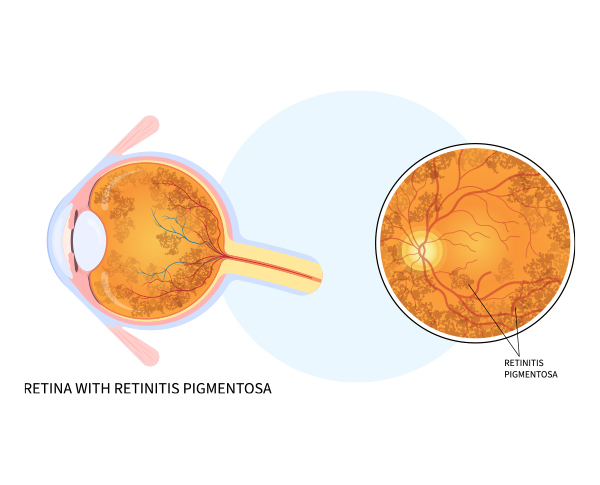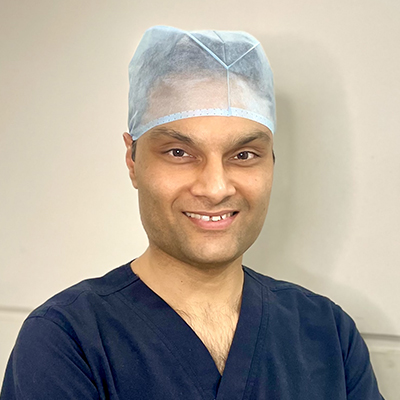What is Retinitis Pigmentosa?
Retinitis Pigmentosa is a genetic condition that affects the photoreceptor cells in the retina, which are responsible for detecting light and color. It is characterized by progressive degeneration of these cells, leading to vision loss and blindness over time.
The disease is rare, with an estimated prevalence of 1 in 3,000 to 5,000 individuals, and can affect people of all genders and ethnicities. Symptoms typically begin in childhood or adolescence and may include difficulty seeing in low light conditions, loss of peripheral vision, and eventually central vision.




